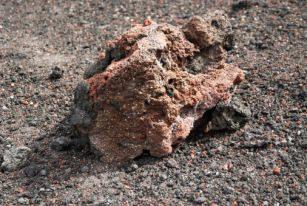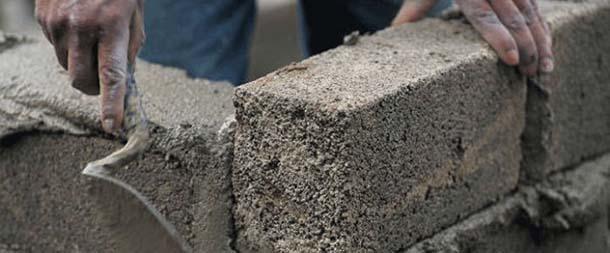Ecological cement
Post from EditorialsThe ecological cement, a new material on sustainability and environmental protection, which is still being tested but that will be on the market soon.
What is the ecological concrete and what are its applications
Still looking at the criteria of green building and at the ecology features of the building materials, reseraches are carryed out aimed at the production of a defined type of ecological cement, that has the ability to greatly reduce the emission of carbon dioxide into the atmosphere. The type of cement used in construction is the Portland kind, that does detect a high production of carbon dioxide that is released following the high firing temperatures of the various constituent elements.
The type of cement used in construction is the Portland kind, that does detect a high production of carbon dioxide that is released following the high firing temperatures of the various constituent elements.
The materials currently most accredited for the realization of a type of concrete most innovative and environmentally friendly, are the geopolymers, synthetic materials based on aluminosilicates, which require a lower temperature during the production phase of the cement. In this way we will have a significant reduction in emissions of CO 2.
This material will then be ecological and will have greater resistance to chemical agents while maintaining its excellent characteristics in terms of durability and resistance.
Comparison with common cement
The concrete or common concrete today is widely spread on the market, it is industrially carried out, sometimes with the addition of chemicals, certainly harmful for the environment, in order to improve its features.
In pre industrial period men were building anyway, making and applying another type of cement more natural which based its composition on elements of volcanic origin. We always talk about a cement, although then it wasn't properly called such, and it was used by the ancient Romans for large and small works that are still in existence after millennia.
This cement consists essentially of materials of volcanic origin is far more sustainable than modern, even for its realization were imported lava and pumice from the territory of Campania: in fact, the mixture was made essentially of volcanic ash and lime.
These components, by virtue of their mineralogical properties, in contact with water made the concrete particularly solid.
Today, the concrete commonly sold on the market has a value of almost zero sustainability, both for the mode of production, and for the impact in the stage of implementation, and for its disposal. This is one of the reasons why were made recent studies aimed to the production of a new building material made in the laboratory, exploiting the ability of a very common bacterium, the Sporosarcina Pastuerii, which develops and grows rapidly merging with the sand, thus creating a fully sustainable bio cement material.
This is one of the reasons why were made recent studies aimed to the production of a new building material made in the laboratory, exploiting the ability of a very common bacterium, the Sporosarcina Pastuerii, which develops and grows rapidly merging with the sand, thus creating a fully sustainable bio cement material.
One of the main positive aspects of this production process is that occurs at ambient temperature for which you do not have the need to make energy from outside to reach the high temperatures usually necessary for the production of common concrete.
As a consequence, it is reduced in a substantial way the amount of carbon dioxide produced.
First uses in building
This type of ecological cement was used for the first few times in the construction of some transmission towers in the desert to test anyway all the parameters of durability and strength.
The dough of the ecological concrete, then obtained by the binding of this bacterium with the sand component of the dough itself, was added in industrial casts with different dimensions and thicknesses, so as to realize all the elements necessary for the construction of the tower.
From the test it was noted that the ecological cement not only greatly reduces the production of waste generated by the production process but also simplifies the transport of the material, besides having a greater rapidity of laying, it linked to its setting time and hardening very fast, about 15 days, in conditions of dry climate.
Other studies on the ecological cement is not yet used in products marketed they were conducted by NASA.
The compound studied, called ecological cement, is made of bacteria, yeast, calcium chloride and urea. It solidifies thanks to the action of the bacteria, through a series of chemical and biological processes that do interact with the calcium sand, forming crystals. All of these transformations lead to a finished product very similar to its properties to the sandstones, used in the branch of building for their properties of strength and durability over time.
All of these transformations lead to a finished product very similar to its properties to the sandstones, used in the branch of building for their properties of strength and durability over time.
Furthermore, this type of material would also be easily accomplished since it may be self-produced on site by exploiting the local sands.
In conclusion, for our common renovations it will soon be possible to find on the market a material such as ecological cement that while maintaining the characteristics of the common concrete, able to deliver significant benefits in terms of environmental sustainability.
80835 REGISTERED USERS










